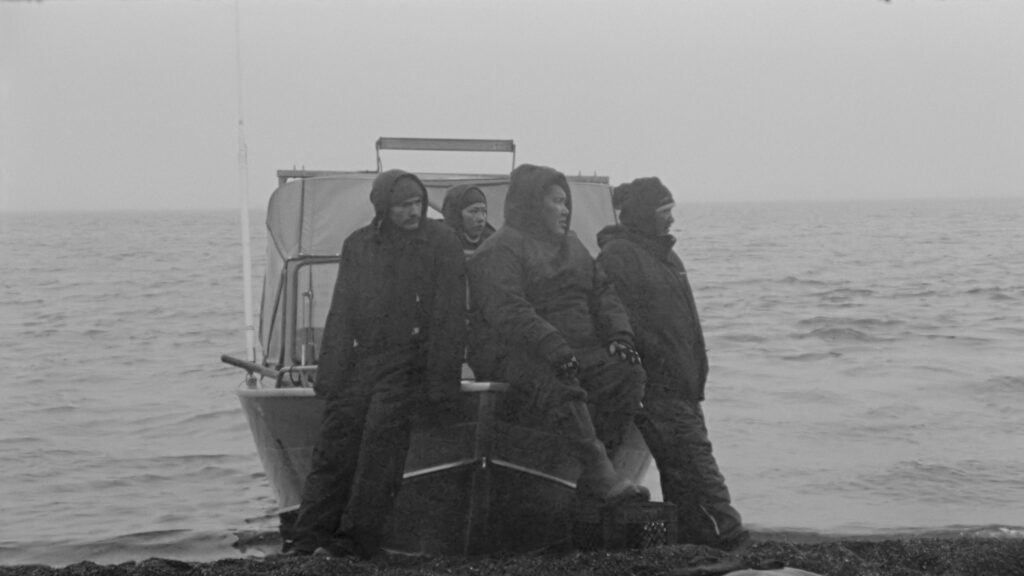I will be in Graz next week to present The Great Thaw at Diagonale. Festival des österreichischen Films. Come join me in short documentaries program 2 on the 28 at 2pm at KIZ and on the 30 at 4.45 at Schubert 2. Thanks for the invite!
You can watch the big thaw. And listen. The Great Thaw lets the dramatically changing nature of the Arctic regions speak for itself. Permafrost, forests and mountain masses react inexorably. A beautiful symphony in the truest sense of the word about impending doom.
You can watch the great thaw. And listen. Even before the camera flies over the Arctic ice, which is by no means eternal, a creaking sound can be heard on the soundtrack. Is this what the melting of the polar regions sounds like? The first of several text panels referring to the disappearance of polar ice and glaciers puts the beauty of the following images of a snow-covered Arctic landscape in a different light – and therefore makes them something unique.
The Great Thaw allows the dramatically changing nature – vegetation, mountain masses, permafrost – to speak for itself. Pipelines run through green forests in which lakes are forming, new rivers are emerging in depressions in the ground. And suddenly a truck loaded with pipes drives past a scree slope. The sublimity that modern man ascribes to nature does not exist. It has become what he makes of it. And it reacts as a whole. The last text panel belongs to the author and palaeobiologist Thomas Halliday: “We know that change is happening, that we are responsible for it – and what will happen if it continues.” (Michael Pekler)
